Introduction
Sourcing products for your business can seem like a daunting task.
Where do you even start? What are the best places to find quality merchandise at great prices?
In this blog post, we will answer these questions and more so that you can start sourcing products with confidence.
We’ll discuss what product sourcing is, the different methods for finding products, and how to evaluate potential sources. Armed with this information, you’ll be ready to source products like a pro!
The blog will include the following content
What is product sourcing
The process of product sourcing
FAQ during product sourcing
How to provide better after service

What is Product sourcing?
Product sourcing is the process of identifying and procuring the goods and services that a company needs to function. This includes everything from office supplies to raw materials and manufactured goods.
The benefits of product sourcing are numerous, but some of the most important include cost savings, improved quality control, and increased efficiency. By working with a reliable product sourcing partner, businesses can streamline their operations and save money.
At its core, product sourcing is all about finding the best possible products and services to meet your company’s needs. It’s a vital part of any business, and it’s one that should be given careful consideration. With the right approach, product sourcing can be a major asset for your business.
The process of Product sourcing
Do Research
Any business owner will tell you that a product is essential for success.
Not only do you need to have a quality product that meets the needs of your target market, but you also need to make sure that your product is well-researched.
Finding great product ideas from the reality
The Internet does have its temptations, but it also has its drawbacks, because most people start their product research on the Internet, , which means there is more room for research and plenty of opportunities in the real world.
Secondly, what you see on the internet is usually secondhand and the information is lagging, but when you go back to the real world and communicate with those real customers, it’s easy to find out what they like and doesn’t like.
Focus on your own interests and related products
Everyone may have their own interests, your hobbies may be more niche, attracting people with certain types of characteristics, then you can naturally easily find a gathering place for this type of people.
The more you love this hobby, the more you know about products related to it and the better you can bring them to market, and this process will save you weeks or even months of the time when researching products related to it.
Here, too, is a tip for you. If this product that you are interested in is already listed as a category on Amazon, that means you are on your way to success. Because someone is already making money on this type of product.
Products you hate
In the previous method, it was about products you like. Here, we do the opposite and look for products that both you and your friends hate.
When you hate a product, you must have a reason to hate it.
Take a pen and write down the name of the product and the problem you think the product has.
Finally, write down all the ways you think the product could be improved.
Is it design, packaging, or functionality?
There are many great products and companies that have succeeded by improving an existing product or filling a gap in the market.
A good example is Steve Jobs’ Apple. Before the introduction of the iPhone 3, was there really no full-screen phone on the market, obviously not, as far as I can remember, LG and even some domestic brands had launched full-screen phones, but eventually Steve Jobs unified the full-screen phone market with a smoother operating system and product design.
for a product evaluation, with a common product experience, friends around you can also give their opinion, listen to their complaints, ask their evaluation of this product and this market, what they want to buy, what products they want but not on the market.
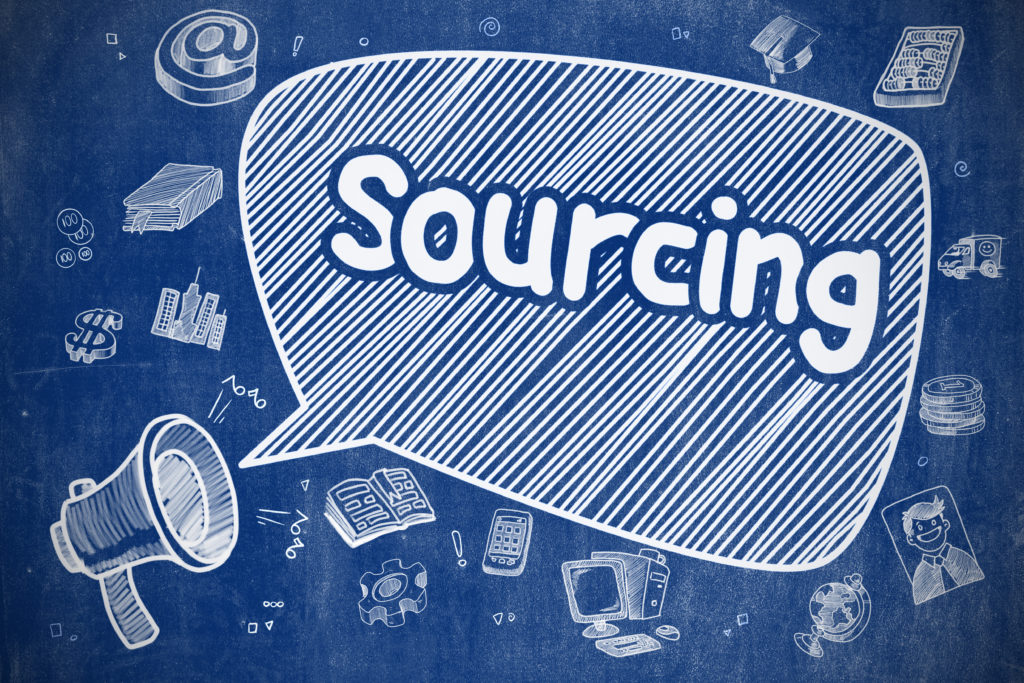
Keyword Analysis
Let’s return from the real world to the Internet, and it’s time to mine the data from the Internet.
But before you start, a word of caution, don’t waste too much time analyzing more data and results than you actually need.
Especially for beginners, if you just want to understand the demand and search volume of such products in the current market, then start with keyword research, through which you can easily find what people are looking for.
When it comes to keyword research tools, there are a lot of them, from free Google keywords planner to paid software like Afrefs.com, Smerush.com, Spyfu.com, and so on.
With keyword analysis software, some of the data you get probably looks like this. The screenshot below shows the keyword analysis results of Google’s keywords planner, which includes the monthly search volume.
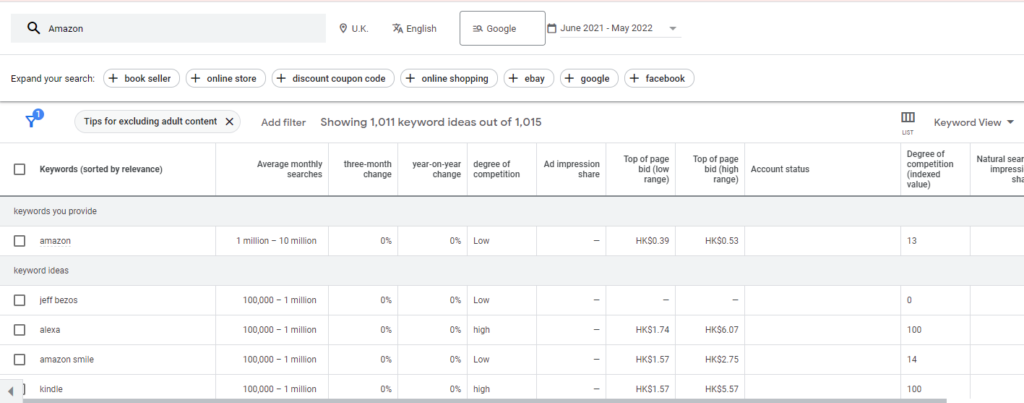
How do further explore product opportunities through keyword analysis? We can try to look at it from several angles.
- Brand words
Search for some well-known clothing brands, such as American Apparel, Zara, GAP, and Oscar Mike, you can use such clothing brand words to understand the styles and even colors that people are interested in.
But this approach will generally target companies with large brand strategy plans because it is difficult for small e-commerce companies to create segments from brands
- Niche words
In the keyword tool, use the keyword search suggestion function. If you search for product sourcing, you may get some other useful information, such as product sourcing companies, product sourcing 101, product manufacturing sourcing, and product sourcing for eBay, and these key and related products may be your niche.
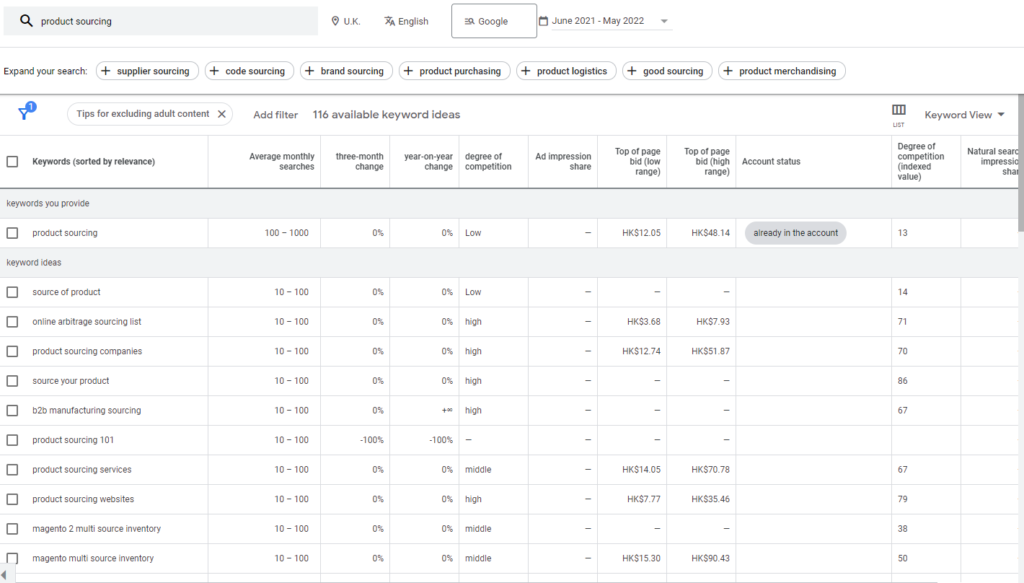
- Category words
Find some meaningful products by some basic product words, which are not as specific as succulents, that may be a general term for a certain category of products. For example, Men cloth
I searched “Men cloth” on the keyword planner, I will get the following results. You’ll find a number of words derived from Men cloth that you may not have seen before. Each of these words may be a market segment with different potential. Starting with a few smaller markets is actually a good starting point for sellers just starting out.
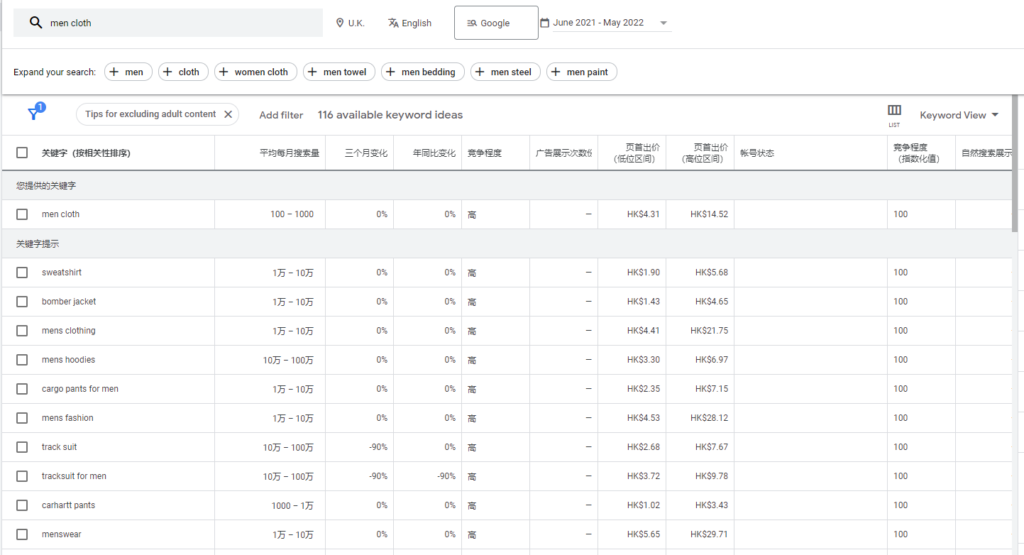
- Competing words
If you have identified which vertical segment you want to enter, then you probably know very well who your competitors are.
. Then it’s a good idea! Study them, analyze them, and compare your positioning according to them, price, style, crowd orientation, packaging design, etc. are all things that can be compared and differentiated.
- Trend prediction
If you want to find a profitable niche, then you have to really be at the forefront of new products, which means you have to pay attention to online trends in real-time and capture opportunities before they become “fashionable”.
- Tools to analyze trends
Use Google Trends (Google Trends) to see the effect of the search term. For example, enter the keyword – paleo, and then click on the “search term”. You can see the trends for protein bars over the past few years.
- Focus on industry leaders
Even if you do not know about the product, you can certainly find people who have experience. Then focus on these people. Sometimes, insiders will find the trend first.
To do this, you need to find blogs and publications that are dedicated to your niche. These places are always on top of new product trends and are a great way to stay up to date.
Check these sites regularly when you’re in the product idea stage – at least once a week, and if you can, several times a day. The goal is to find the concept before it becomes mainstream.
That’s why many people will follow some of the darker channels on YouTube and go to channels like As Seen on TV in the US.
- Follow product review sites
Once a product enters a product review site, it means it has started to become popular.
But it may also be a perfect opportunity to find out where the product is going before someone else starts selling it. To use this method, you have to find the niche review site that corresponds to the product
As an example: if you sell men’s fashion products, you can find some inspiration on sites like Uncrate, Cool Material, and Snazzz.
- Industry websites and forums
The best forums are Reddit and Quora, as well as industry-specific forums that can be found.
First, search for subreddits – separate topic categories in Reddit. snoop snoop is a great tool for finding relevant subreddits.
Search for topics and it is recommended to search only communities with more than 1,000 subscribers so you can find active subreddits.
Image Select any subreddits that look promising. clicking on the / r / subreddit link will redirect you to the details page.
From there, you can view the content of the subreddit.
Here you can find high-quality product reviews and complaints and get an accurate picture of what your niche fans think about different types of products.
Another useful forum site is Quora. Quora allows users to ask questions in specific niches and get answers from other users.
Visit Quora and search by your niche. Explore the posts made in that niche and keep track of the types of questions asked and advice given.
Finally, you can find useful information on industry-focused forums.
Use the phrase “allintitle” to limit your search results to pages with “forum” and your product category in the title.
You will get a list of forums where people can discuss the pros and cons of different products.
Again, the goal is to find specific feedback on the different features of popular products. In one forum for gaming seats, back pain was the most complained about.
Social Media
Look at the social media you already know and are using. Facebook, Twitter, Instagram, and LinkedIn can provide a lot of feedback on products that customers are interested in buying.
Social creative sites
These sites alone include Pinterest, Fancy, Wanelo, and some crowdfunding sites.
When your marketing targets women, Pinterest is the first place you want to go to find Pinterest pages for products that are similar to your niche.
And on fancy, you’ll find a variety of products in different categories, as well as reader preferences and lists. It’s easy to see which types of products are growing in popularity and which ones are declining in popularity.

10 Best Ways to source products
Once you identify the product you are going to sell, it’s time to find the reliable suppliers/manufacturers of your product
(1) Find wholesalers
One popular method is to find wholesalers. Wholesalers can be a great option for product sourcing, as they typically offer lower prices than retail outlets. However, there are also some disadvantages to using wholesalers, such as minimum order requirements and longer lead times.
When it comes to product sourcing, there are a few popular methods businesses use. One popular method is to find wholesalers.
Wholesalers typically offer lower prices than retail outlets, making them an attractive option for product sourcing.
However, there are also some disadvantages to using wholesalers. For example, many wholesalers have minimum order requirements, which can be difficult for small businesses to meet. Additionally, lead times from wholesalers can often be longer than other sources, meaning it may take longer to receive your products.
(2) Find Manufacturers
Assuming you have an idea but don’t want to go through the hassle of manufacturing everything yourself, finding a factory is a great way to save you time and focus more on marketing.
China’s manufacturing power can serve as a very useful weapon for people who choose this way
advantages
- Lowest unit cost.
OEMs offer you higher margins on your products because they have the lowest unit cost. You will spend less money shopping on this route.
- Brand control.
It can also build your brand around products. You are free to shape your product in any way you want.
- Quality control.
This approach also gives you a feature that wholesale purchases don’t have – the ability to control product quality.
disadvantages
- You can be cheated.It is not uncommon for factories to abscond with cash, a risk that could cripple any business.
- Minimum order quantity look for factory OEM, out of the private mold generally need the minimum order quantity, looking for factory customized products may make your wallet bleeding. For many cash-strapped startups, this can be a fatal flaw.
Suitable for which sellers?
If you’re designing a new gadget or device, getting someone to do it for you is really the only option.
Contract manufacturing is also a good option if you have tested the product well and are completely confident that it will sell and bring you profits.
Risk
Finding a subcontractor involves a lot of risks.
Buying ahead of time without any guarantee of sales is your biggest risk.
Manufacturers have minimum orders most of the time, so it is important to discuss with them to understand minimum orders and how they can be arranged in advance. So as to minimize the risk.
Profit space
Different manufacturers, products, and the number of products your order all affect the profit margin.
Compared to other methods (such as dropshipping or wholesale procurement), OEM mass production can bring the greatest profit to your product.
(3)Handmade products (diy)
The first option is to make your own product, and if you decide to sell your own product, consider this type of sourcing first.
Usually, the seller already has a large number of molds, and the low cost of mold opening means that the manufacturer has a large number of exclusive products. Buyers can not only follow their product from start to finish but also participate every step of the way
Advantages
- Products can be produced quickly and easily.
Do-it-yourself means lower start-up costs compared to other types of procurement.
- Have control over the product.
Absolute control over brand, quality, and pricing.
- Adaptable and market sensitive
Manufacturers are always quick to sense market changes and can stay ahead of the curve by quickly modifying products when necessary.
- Be the spokesperson for your product.
You will be known as a product manufacturer, and many people will come to you to work with you to further expand your business.
Disadvantages
- Difficult to scale
Owning your own brand means you have to be able to shoulder significant changes and decisions.
- More time investment
It may not cost that much to start up, but it takes a lot of time to come up with a quality product.
- Supply is limited
The number of products you make yourself, depending on your time, is hard to increase in efficiency.
Suitable for which sellers?
If you also have the ability and desire to develop products, such as beauty purveyors and bespoke clothing designs, then get started. Making your own products is the best way to develop a new brand.
There are many DIY lovers we can find on eBay or other e-commerce platforms. They make handmade lanps and beading designs with the raw materials bought from the internet.
Risk
There are not many risks associated with making your own products. You don’t need a minimum order, and you don’t have to worry about finding a reliable supplier because you are the supplier yourself.
If you want to, you can even make a product as soon as a customer places an order, and very few things are out of your control in this process.
Profit space
When you make your own product, the profit margin is also very good, but always remember to factor in your time as well.
Some sellers will see their time as free, but this is very unreasonable. When calculating the cost of a product, be sure to include your own time as part of the cost of the product.
For example, if you make $100 an hour, when you sell a hand-woven headband for $30, the material cost is $8, and it takes 2 hours to make, the time cost is $28.
Then You are losing money with the product price.

(4)Dropshiping
Dropshipping is a model that allows you to sell without stocking up or purchasing in advance.
You can consider using one-piece shipping for your online e-commerce business to reduce overhead and capital investment.
It is based on the principle that a third party is involved in delivering the goods to the customer.
The main difference between the dropshipping and the traditional B2C seller is that the dropshipping seller does not own any inventory.
If the customer makes a purchase, the third party must pack and deliver the goods.
If you have a low start-up budget, then dropshipping is an excellent choice to build a starting point.
It can provide you with many products so you can find out what your customers like.
Pros
- Less money.
One-piece shipping is probably one of the easiest and cheapest ways to run an online business.
For entrepreneurs, it is possible to take this approach to enter the cross-border e-commerce industry without having to invest a lot of money in the start-up phase.
This is because you won’t have to incur product costs unless a customer places an order to buy.
- Convenience.
This is one of the main reasons why it has become the preferred model for many e-commerce businesses.
As long as you have a reliable one-piece shipper you can work with, you can run your business from anywhere in the world without having to worry about where you are located.
- A wide variety of products.
One-piece shippers can offer the largest variety of products to their customers. The advantage is that you don’t have to buy the merchandise, but the customer can choose from a wider range of products.
Disadvantages
- low-profit margin and High competition.
Because it has a very low barrier to entry. Everyone seems to be doing the same thing for a period of time.
Competitors may offer “more attractive” prices to their customers, and may even compete at lower prices. Meaning you may need to try other channels to get sales.
Which sellers are suitable?
One-off is for people who want to take a little risk or invest little time in trying an e-commerce business.
By far, it’s also the fastest and cheapest way to get started. If you want to try something without spending a lot of time or money, this may be the best option for you.
Risks
In reality, there is no risk in opening a one-piece e-commerce business because one-piece shippers can take care of all the risks for you, such as orders, inventory, and delivery.
However, there is a huge risk to your long-term profitability. Low-profit margins mean you will have a hard time getting new customers because you may not have much of a marketing budget.
And it’s also the easiest business that others can replicate, so you need to keep a close eye on the competition.
Profit margin
Since the products purchased already include logistics costs, the profit part of the supplier, your purchasing costs are not the lowest and profit margins will be equally limited.
Tips about qualifying reliable suppliers
The quality of suppliers depends on two respective, one is the development and selection, second is their potential, which means they are worth our cultivation.
From the perspective of selection and development, the focus is on the supplier’s own qualifications, such as.
The supplier’s own R & D capabilities to sustainably develop new products.
High-quality raw material supply channels.
Quality and stability of the production.
Flexible production capacity to ensure timely supply.
The high degree of cooperation.
Cost control advantages.
Complete product certification.
After-sales service capability.
Integrity.
Company qualification and scale.
For suppliers with key capabilities and potential, they are worthy to be cultivated and supported, It’s necessary to create a long-term relationship with the suppliers with potential.
(5)Existed e-commerce platforms
One advantage of product sourcing through existing e-commerce platforms is that it can be more convenient than sourcing products independently.
This is because platforms like Amazon and eBay already have a large number of sellers and a wide variety of products available. This means that buyers can easily find the products they need without having to do much research or legwork.
Another advantage of using e-commerce platforms for product sourcing is that it can save time. This is because buyers can simply search for the products they need on the platform, rather than having to visit multiple websites or physical stores. In addition, many platforms also offer buyer protection features, such as refund policies, which can give buyers peace of mind.
However, there are also some disadvantages to product sourcing through existing e-commerce platforms. One of the biggest disadvantages is that it can be more expensive. This is because platform fees, such as listing fees and commission, can add up. In addition, many platforms also have minimum order requirements, which can further increase costs.
(6)Exhibition
advantage:
– You can meet with the manufacturer face to face and get a first-hand look at their products.
– This is a great way to build relationships with manufacturers and get an understanding of their business practices.
– You can often negotiate better prices when you source products directly from the manufacturer.
disadvantage:
– It can be difficult to find the right manufacturers to source products from.
– There is often a language barrier that can make communication difficult.
– You may have to travel to meet with manufacturers, which can be costly.
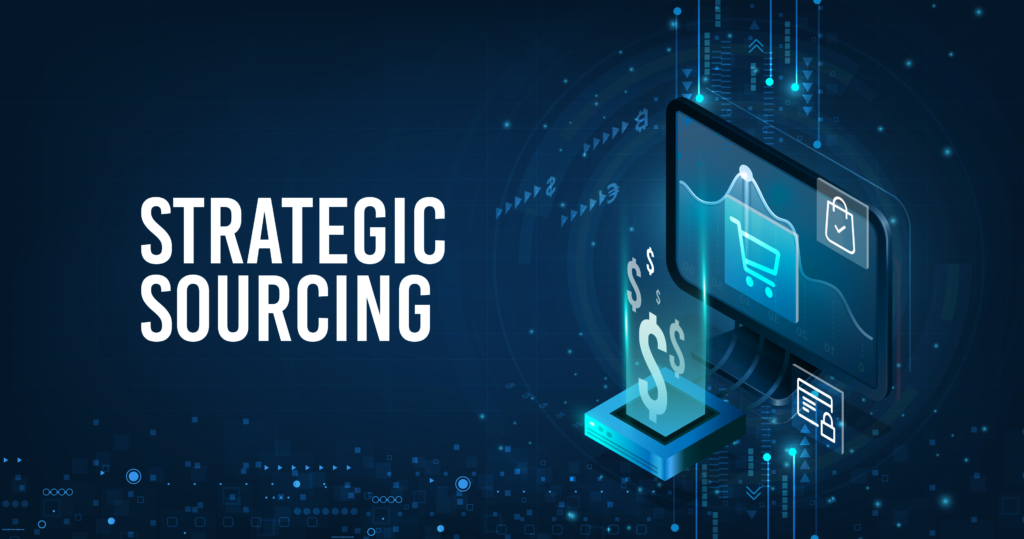
(7)B2B platform
- – Increased Efficiency
A well-functioning B2B platform can save businesses a lot of time and energy in sourcing products. businesses can connect with potential suppliers quickly and easily, and compare prices and products with ease.
- – Reduced Costs
B2B platforms often offer businesses access to suppliers that they would not be able to find on their own. This can lead to cost savings for businesses, as they can source products at a lower price than they would otherwise.
- -Improved Quality
When businesses source products through a B2B platform, they have access to a wider range of suppliers. This can lead to improved quality, as businesses can select the best supplier for their needs
There are also some disadvantages to sourcing product through a B2B platform, such as:
- – Reduced Control
When businesses source products through a B2B platform, they may have less control over the process. This can lead to delays or problems with the product, as businesses may not be able to communicate directly with the supplier.
- – Increased Risk
B2B platforms can be a riskier way to source products, as businesses may not have a direct relationship with the supplier. This can lead to issues if there are problems with the product, as businesses may have difficulty getting a refund or replacement.
(8)Supplier directory
There are both advantages and disadvantages to sourcing products from a supplier directory.
One advantage is that it can be a time-saving way to find potential suppliers, as the directory will have a list of pre-screened and qualified suppliers. This can be especially helpful if you’re new to sourcing or don’t have a lot of time to invest in the research phase.
A potential disadvantage is that you may not be able to find the exact type of supplier you’re looking for, or that the directory may not have updated information on the suppliers listed. Additionally, you will likely have to pay

(9) merchants who want to Clear up inventory
There are both advantages and disadvantages to sourcing products from merchants who want to clear up inventory.
One advantage is that you can often get the product at a discounted price. This can be a great way to save money on your inventory costs.
However, there are a few potential disadvantages to this approach as well. First, the quality of the product may not be as high as you would like it to be. Second, the merchant may not be able to provide you with a large enough quantity of the product to meet your needs. Third, -it can be hard to find such merchants
(10)Sourcing agencies
There are many reasons why companies use product sourcing agencies. Sourcing agents can help you find the best factories and suppliers, get the best prices, and manage the manufacturing process. They can also help you navigate complicated import/export regulations.
When choosing a product sourcing agency, it’s important to evaluate them carefully. Make sure you understand their fees, their experience, and their network of suppliers. You should also ask for references and check out online reviews.
How to evaluate a sourcing agency
Evaluating a product sourcing agency is vital to finding a reputable and reliable one that will save your company time and money. Here are some factors to keep in mind during your evaluation:
- – Fees
Some product sourcing agencies charge a flat fee while others take a commission on each order. Make sure you understand how the agency charges and compare fees before making a decision.
- – Experience
It’s important to choose an experienced product sourcing agency that has a good understanding of the manufacturing process and can help you avoid common mistakes.
- – Network of suppliers
A good product sourcing agency will have a network of reliable suppliers that they’ve worked with in the past. Ask about the suppliers they work with and get references if possible.
- – References
Ask for references from past clients and check out online reviews to get an idea of the quality of the agency’s work.
- – Online reviews
Checking out online reviews is a great way to get unbiased feedback about a product sourcing agency. Look for reviews on reputable websites like Google and Yelp.
By taking the time to evaluate product sourcing agencies carefully, you can be sure to find one that will save your company time and money.

Request Samples
If you’re considering placing an order with a supplier, it’s important to request a sample of the product first. This will help you confirm the quality of the product and make sure it meets your needs.
When requesting a sample, be specific about what you need. Include details such as the quantity, size, color, and any other relevant information. You should also include your contact information so the supplier can easily get in touch with you.
It’s important to be polite when requesting a sample. Remember, you’re asking for a favor from the supplier. Thank them in advance for their time and effort, and be sure to follow up after you receive the sample to let them know how you found it.
Thank you for your time and effort in advance. I would greatly appreciate if you could provide me with a sample of the product before I place an order. My contact information is as follows:
Name:
Email:
Phone number:
I am interested in ordering the following product:
Product name:
Quantity:
Size:
Color:
Thank you very much for your time. I look forward to hearing from you soon.

Small Order for Further Confirmation
When working with new suppliers, it’s always a good idea to place a small order first, before committing to larger quantities. This gives you the opportunity to confirm that the supplier can meet your quality standards and deliver the products as promised. It also allows you to build up a relationship with the supplier and get a better understanding of their capabilities.
Test the Product
Suppliers provide product samples to test before approving a purchase. It is important to test products thoroughly to ensure that they meet quality standards and are safe for use. Here are some tips on how to test product samples from suppliers:
– Make sure the product sample is representative of the final product. Test a range of products, if possible, to get a sense of the quality and safety of the supplier’s products.
– Test the product under various conditions to ensure it performs as expected. This might include testing for durability, function, and safety.
– Be sure to document your findings so that you can make an informed decision when approving a purchase from the supplier.
following these tips will help you ensure that the products you purchase from suppliers meet your quality standards and are safe for use. Test product samples thoroughly before approving any purchase to avoid problems down the road.
Maintain Connection with Other Suppliers
Maintaining connections with other suppliers is a key to success in business. It helps you keep up with industry changes, learn from others’ successes and failures, and find new opportunities.
The most important thing is to develop a network of supplier relationships. These can be invaluable for finding new products, services, and processes, as well as for getting insights into your industry.
Good supplier relationships can also lead to cost savings and improved quality, as well as better delivery times and improved customer service. In fact, supplier relationship management is often seen as a key success factor in business.
Prepare Plan B for Other Products
We all know that it’s important to have a Plan B in case our primary plan doesn’t work out. The same is true for other products that we depend on.
In today’s fast-paced world, we often take for granted the products and services that we rely on. We expect them to be always available, and sometimes we don’t even think about what would happen if they weren’t.
But the truth is, that everything has the potential to fail at some point. And when it comes to the products we depend on, that failure can have serious consequences.
That’s why it’s so important to have a Plan B for other products. By preparing for the worst, we can minimize the impact of a failure and make sure that we’re still able to get the things we need.

There are a few things to keep in mind when preparing Plan B for other products:
– Make sure you have multiple suppliers for key products. This way, if one supplier has a problem, you can still get the product from another.
– Keep an emergency stockpile of key products. This can help you tide over during a shortage or other problem.
– Have a backup plan for using alternative products. Sometimes, you may not be able to get the exact product you need. In that case, it’s helpful to know what other options are available.
FAQ during product sourcing
When sourcing products, you may have questions such as:
– What is the minimum order quantity (MOQ)?
– How much will the shipping cost?
– What are the lead times?
– How do I know I can trust the supplier?
– What if I’m not happy with the product?
Here are answers to some of the most common questions you may have when sourcing products:
- What is the minimum order quantity (MOQ)?
The MOQ is the minimum number of units that a supplier is willing to sell you. It’s usually based on the supplier’s production capacity. Keep in mind that you’ll likely have to pay more per unit if you order less than the MOQ.
- How much will the shipping cost?
This will depend on the size and weight of your order, as well as the shipping method you choose. You can typically get a shipping estimate from the supplier before placing your order.
- What are the lead times?
Lead time is the amount of time it takes for a supplier to produce your product and get it to you. It can vary depending on the complexity of the product and the supplier’s production schedule.
- How do I know I can trust the supplier?
There are a few ways to research a potential supplier, such as reading online reviews or asking for referrals from other businesses in your industry. Once you’ve narrowed down your options, you can request samples from the suppliers to see if their products meet your quality standards.
- What if I’m not happy with the product?
If you’re not satisfied with the product, you can usually return it for a full refund or exchange it for a different product. Be sure to check with the supplier’s return policy before placing your order.
As the saying goes, the customer is always right. This means that in the business world, providing excellent customer service is essential to success. Part of providing great customer service is ensuring that the customer is satisfied even after they have left your establishment. This can be done through what is known as after-service.

How to provide better After service
After-service involves following up with the customer after they have made a purchase or received a service from your company. It is a way to ensure that the customer is still happy with what they have received and that they are not experiencing any problems. After-service can take many forms, but some common methods include sending thank-you notes, calling customers to check in, and offering discounts for future purchases.
The importance of doing after-service cannot be overstated. By taking the time to follow up with your customers, you are showing that you value their business and their satisfaction. This can lead to repeat customers and positive word-of-mouth for your company. In addition, if a customer does have a problem, after-service is an opportunity to fix the issue and prevent them from taking their business elsewhere.
So how can you do after-service the right way? Here are a few tips:
– Timing is everything. Don’t wait too long to reach out to the customer after they have made a purchase or received a service. A good rule of thumb is to follow up within 24 hours.
– Keep it personal. Instead of sending a generic email or thank-you note, take the time to write a personal message. This will show the customer that you care about them as an individual.
– Be available. If a customer reaches out to you with a question or problem, make sure to respond quickly and resolve the issue to the best of your ability.
By following these tips, you can provide excellent after-service and keep your customers happy.
Conclusion
That’s it for our introduction to product sourcing. As you can see, the process is not as simple as finding a product and slapping your label on it.
There are many factors to consider, such as quality control, after-service, and supplier relationships. But don’t worry!
We have plenty of content planned that will help you through every step of the process.
Be sure to follow us so you don’t miss anything. And if you have any questions or want some advice, feel free to reach out to us in the comments below or on social media. Thanks for reading!

